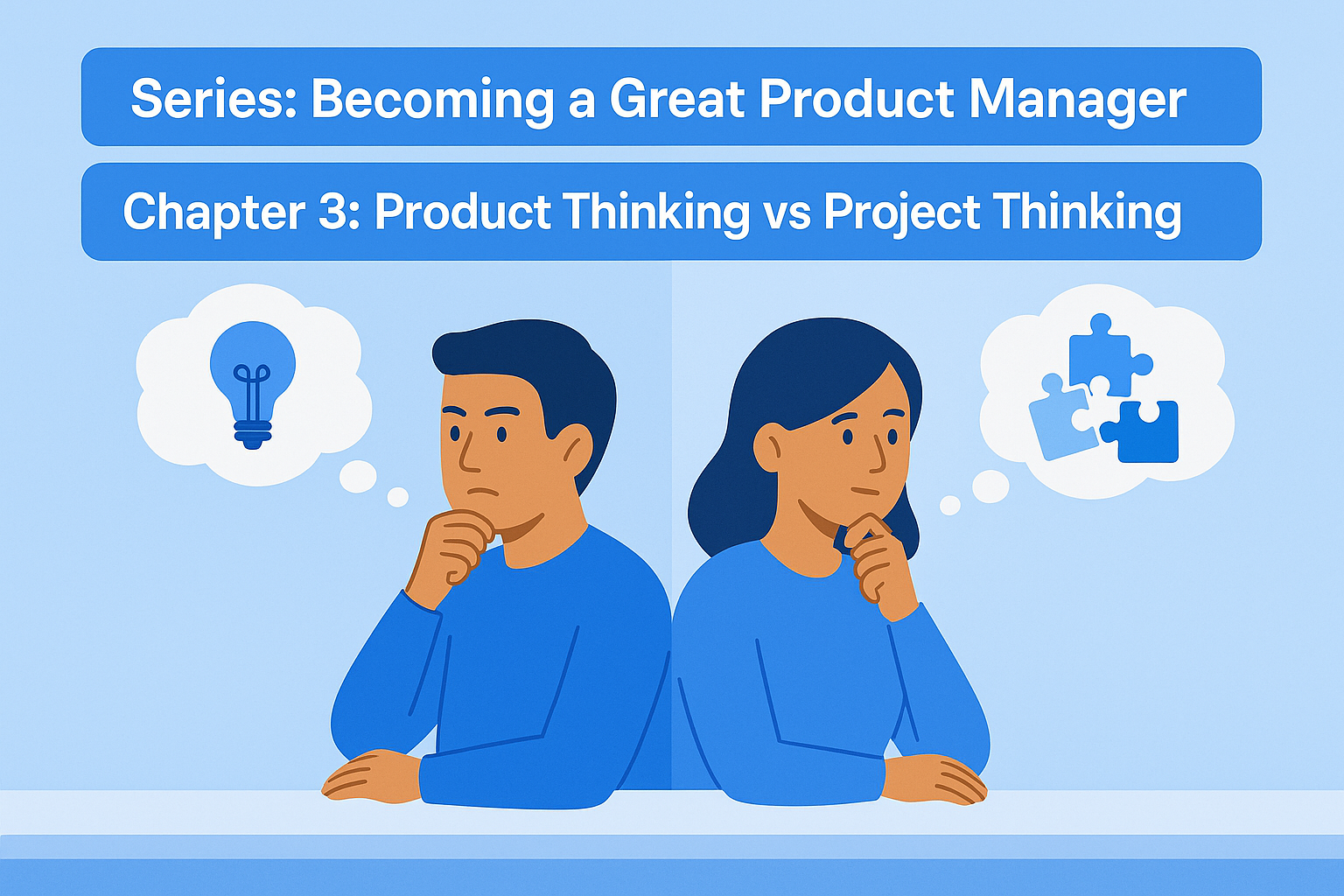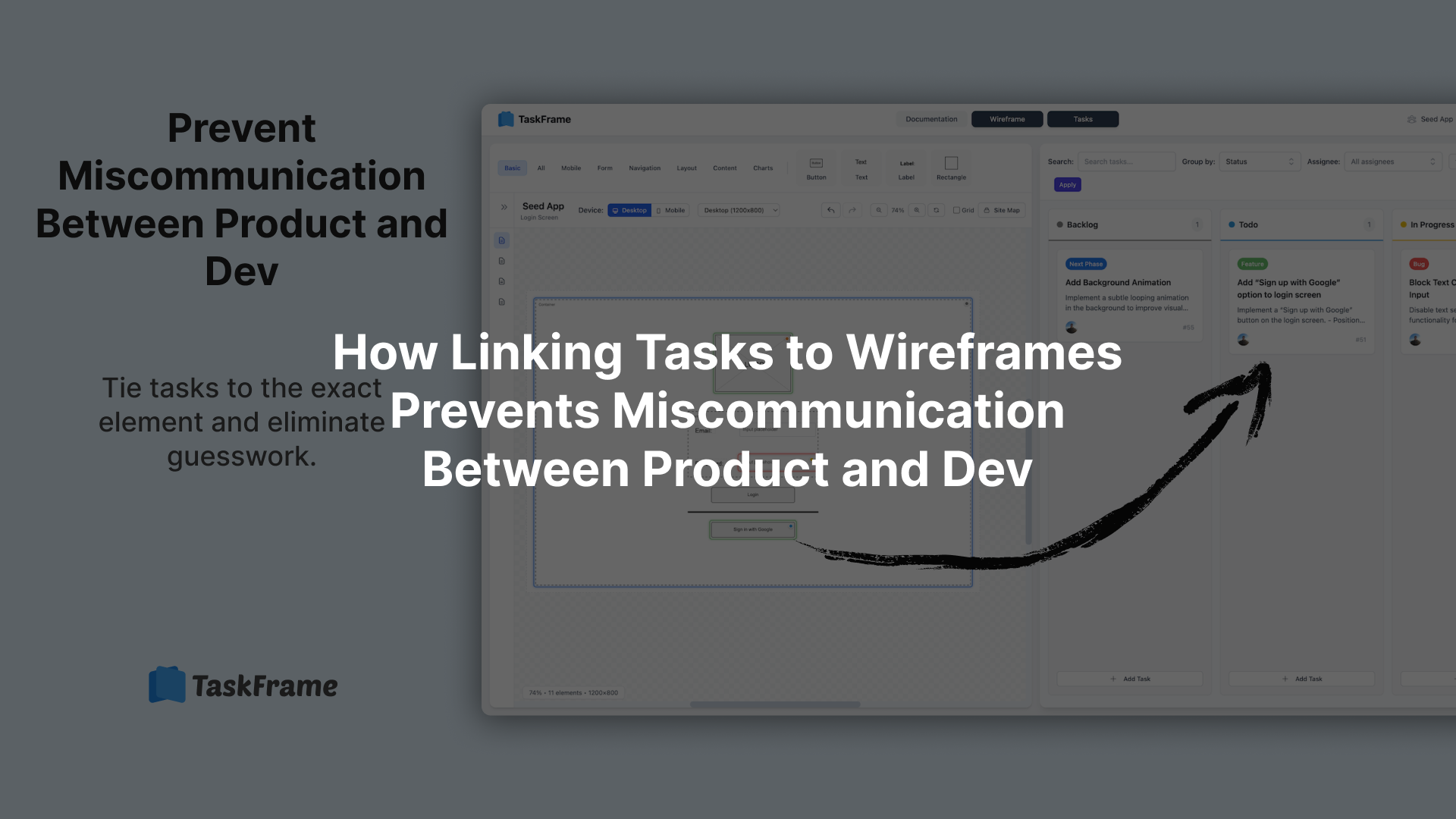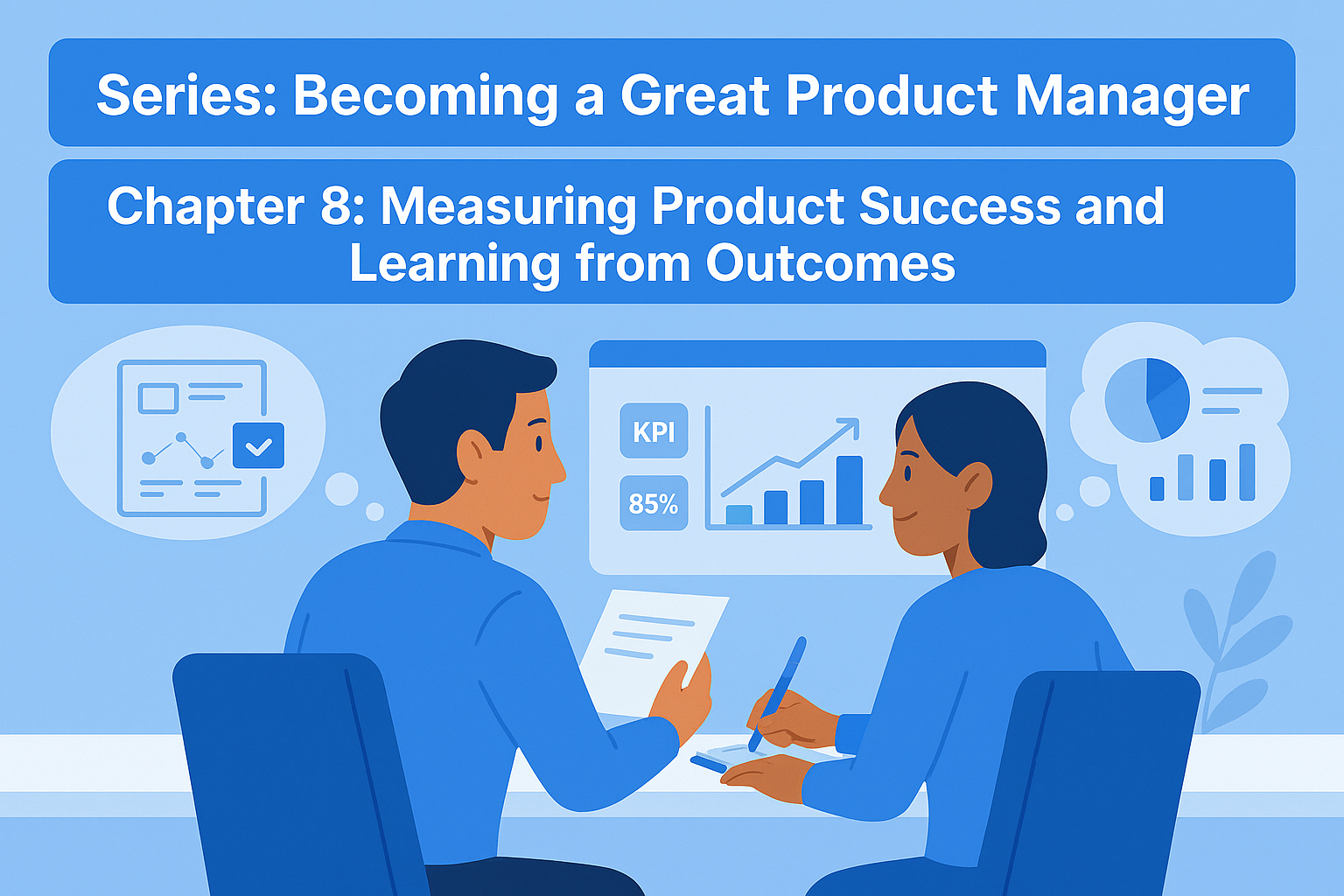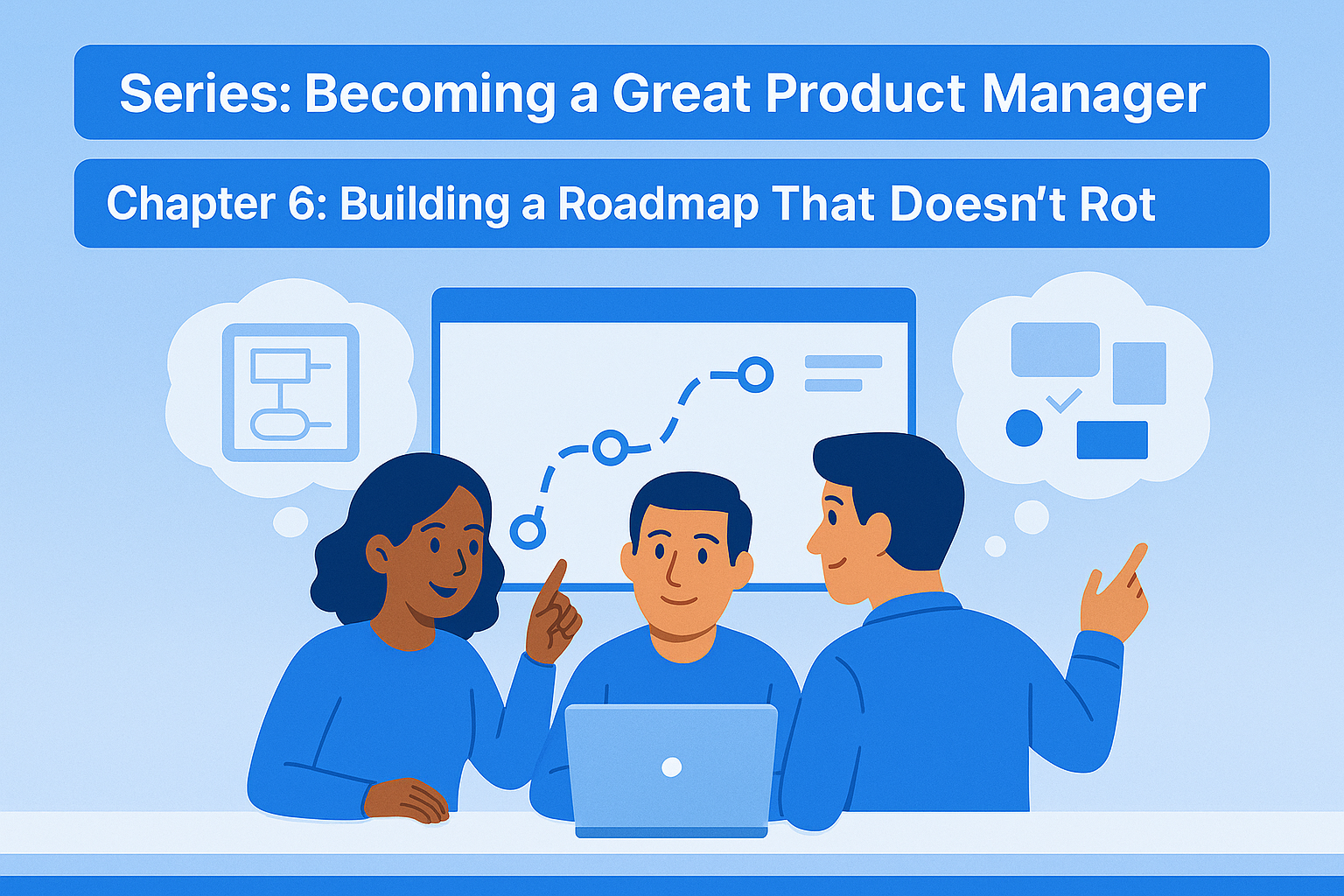· Product Management · 5 min read
Chapter 7 : Planning and Executing Successful Product Launches
A product launch is more than a release date. Learn how to plan, coordinate, and execute launches that create real impact for users and your team.
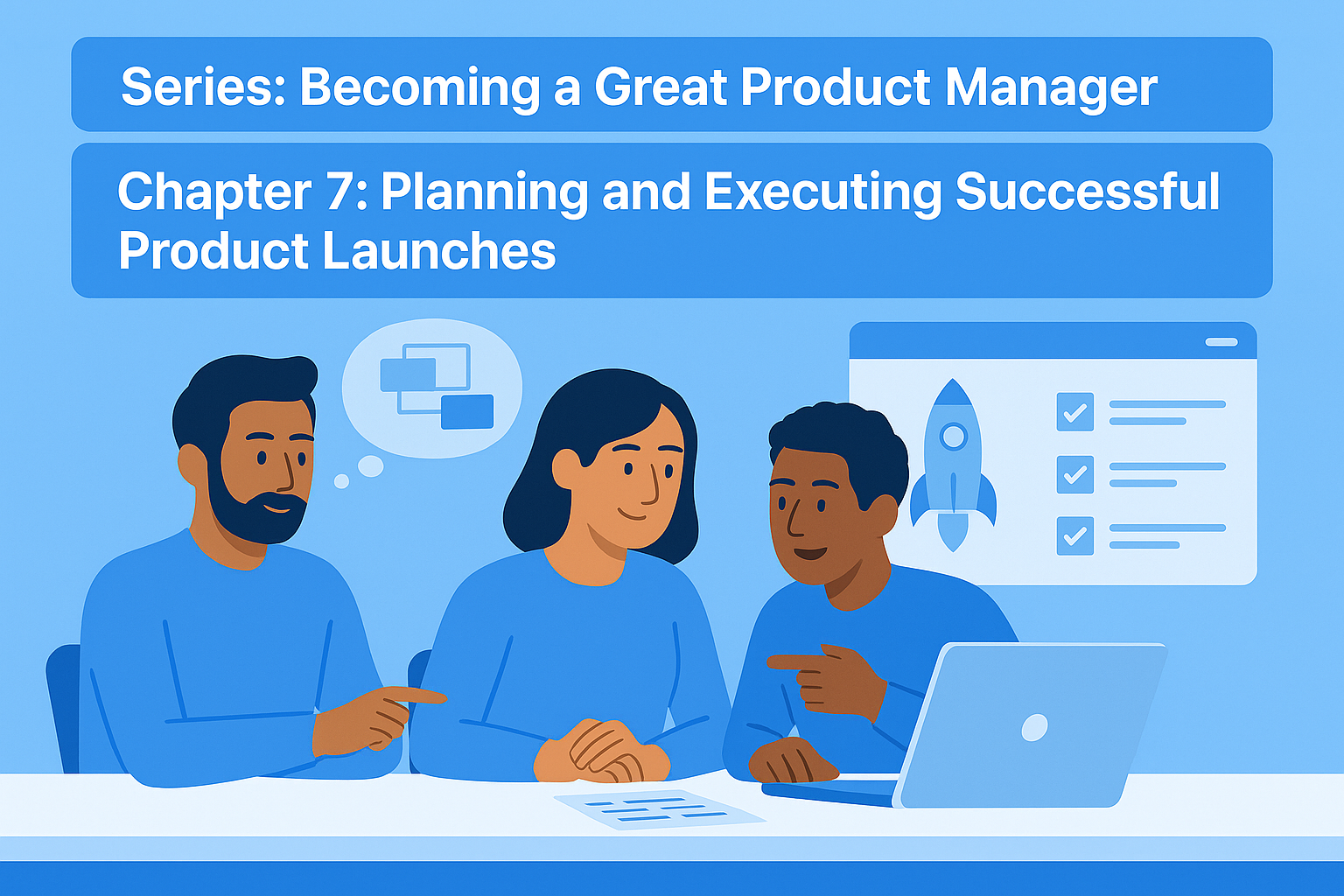
Chapter 7: Planning and Executing Successful Product Launches
A product launch is one of the most critical milestones for any product team. It’s the moment when strategy, design, and engineering come together to deliver something meaningful to users. But a launch is not just about releasing a feature and making an announcement. It’s a carefully orchestrated process that requires clear planning, cross-functional collaboration, risk management, and communication with all stakeholders.
In this chapter, we’ll explore in depth how to plan and execute a product launch that aligns with your team’s goals and creates real impact for your users.
1. Define Success Before You Start Planning
One of the biggest mistakes in product launches is jumping straight into logistics without first defining what success actually means. A clear success definition sets the foundation for every other decision. It helps you prioritize tasks, choose the right rollout strategy, and evaluate results after the launch.
A success metric should answer two simple questions:
- What are we trying to achieve with this launch?
- How will we know if we’ve succeeded?
It could be about user adoption (e.g., 30% of active users adopt the feature in the first month), engagement (users spend more time completing a key workflow), or business impact (reducing churn or increasing upsells). Without this clarity, your team will struggle to measure the launch’s true value.
Example:
When redesigning your onboarding flow, you might define success as reducing drop-off during the first 24 hours by at least 20%. This metric is clear, measurable, and tied to a user problem. It guides both pre-launch preparation and post-launch analysis.
2. Align Cross-Functional Teams Early
A product launch is never just a product or engineering initiative. It’s a cross-functional effort that involves marketing, customer support, sales, leadership, and sometimes even external partners. Aligning early prevents last-minute surprises and ensures everyone understands their responsibilities.
Here’s how alignment can look in practice:
- Marketing prepares messaging, landing pages, email campaigns, and social posts.
- Support teams update documentation, FAQs, and support scripts to handle user questions.
- Sales is briefed on the benefits and use cases so they can communicate value to prospects.
- Leadership is aware of the timeline, potential risks, and expected outcomes.
Early alignment creates ownership. Everyone knows what success looks like and how their role contributes to it.
3. Craft Clear, User-Focused Messaging
Even the best product launch can fail if users don’t understand why it matters to them. Messaging should focus on the problem being solved, not just a list of features. This makes it easier for users to connect the launch to their own needs.
For example, instead of saying “We’ve added advanced filters to your dashboard”, you could say “Find the exact data you need in seconds with new advanced filters”. The second version clearly highlights the benefit rather than just the technical change.
It’s also essential to maintain consistent messaging across all channels — from the in-app release notes to blog posts, newsletters, and sales presentations. Misaligned messaging leads to confusion and diminishes the launch’s impact.
4. Test Internally Before Going Public
Internal rollouts, also called “dogfooding,” help you catch usability issues and unexpected bugs before the feature reaches real users. This doesn’t mean just testing for technical errors. It’s about using the product in realistic workflows to ensure the experience feels smooth and intuitive.
A good internal test might involve:
- Letting a group of employees or power users try the feature early.
- Encouraging them to use it in their day-to-day work for a set period.
- Collecting structured feedback on usability, performance, and edge cases.
This internal phase reduces risk and builds confidence ahead of the public launch.
5. Decide on the Right Rollout Strategy
Not every launch should go live for all users at once. A gradual rollout can help you monitor metrics and catch problems before they impact everyone.
Different rollout strategies include:
- Soft launch or beta: Release to a small group of users for early feedback.
- Phased rollout: Gradually enable the feature for larger user segments over time.
- Big bang launch: Release to everyone simultaneously (best reserved for low-risk updates).
Choosing the right approach depends on your team’s risk tolerance and the complexity of the change.
6. Coordinate Timing Across All Channels
A cohesive launch feels intentional. If your in-app release goes live without updated documentation, or marketing campaigns go out before the feature is actually available, users will get confused.
To avoid this, map out a clear timeline:
- When will the deployment happen?
- When will the help center articles, blog posts, and social updates go live?
- Who is responsible for each piece?
Good timing makes a launch feel polished and builds trust with users.
7. Monitor Results and Learn After Launch
A launch isn’t over the moment it goes live. The real work begins after release, when you observe how users respond and whether the launch achieved the goals you set.
Post-launch activities should include:
- Monitoring key metrics and error logs.
- Collecting user feedback through surveys, interviews, and support tickets.
- Running a launch retrospective to discuss what went well and what could improve next time.
Example:
After launching a new pricing tier, you might track adoption rates, revenue changes, and support questions. If users are confused about the new limits, you can update the messaging or tweak the design to make it clearer.
How TaskFrame Can Support Launch Planning
A product launch involves many moving parts — tasks, documentation, visuals, stakeholder communication, and post-launch feedback. TaskFrame helps by connecting all these elements in one place.
You can:
- Link launch-related tasks to wireframes and documentation.
- Keep teams aligned with real-time updates.
- Track post-launch feedback directly against the original goals.
This prevents details from slipping through the cracks during a high-pressure release.
Conclusion
A successful product launch is more than a release date. It’s a well-planned process that aligns your team, communicates value to users, and creates measurable impact. By defining success, collaborating early, testing thoroughly, and monitoring outcomes, you can transform launches from stressful deadlines into meaningful milestones.
In the next chapter, we’ll explore how to measure product success and learn from outcomes to continuously improve.
Continue to Chapter 8 →
Try TaskFrame to plan, execute, and monitor launches seamlessly.
